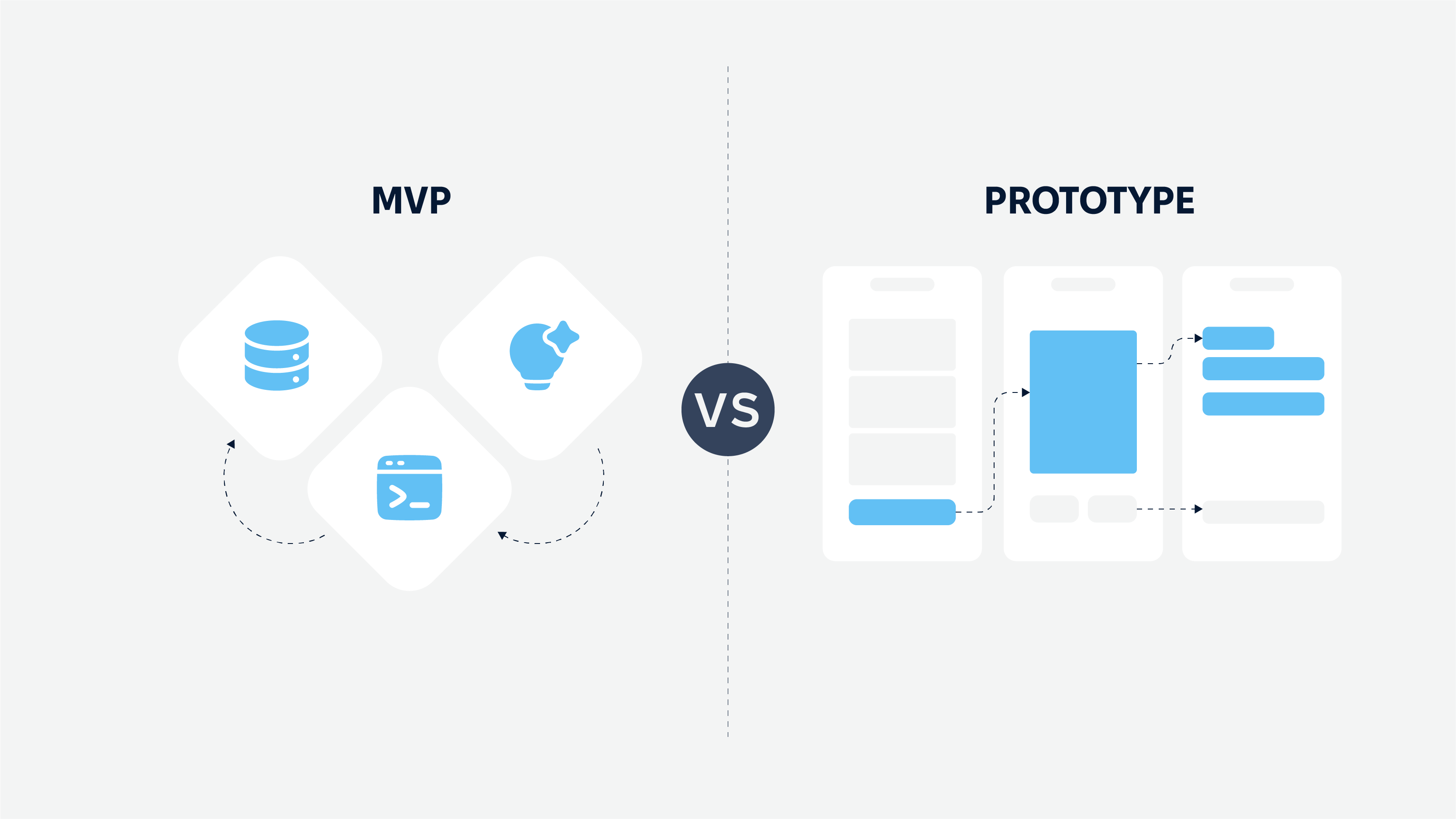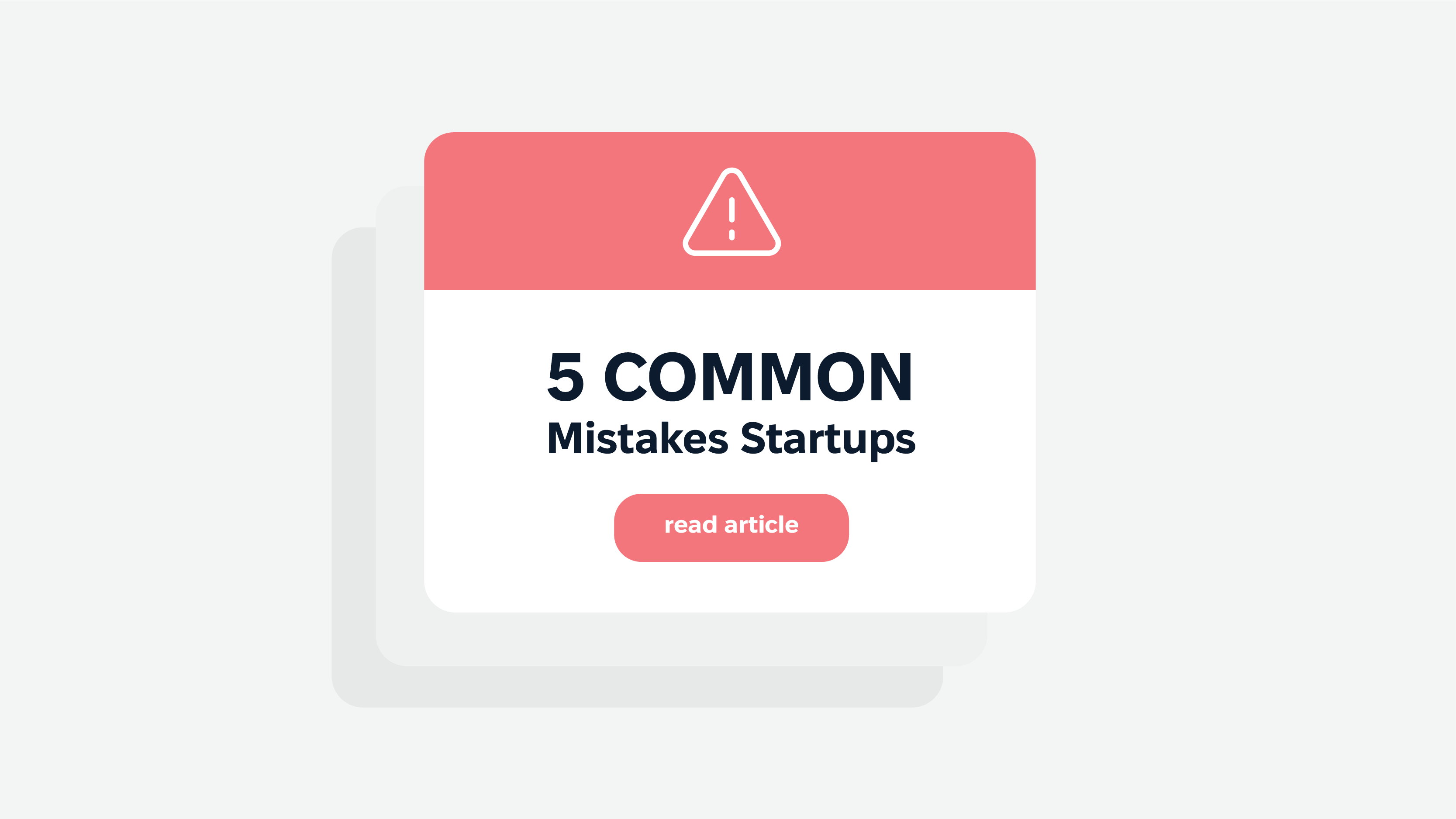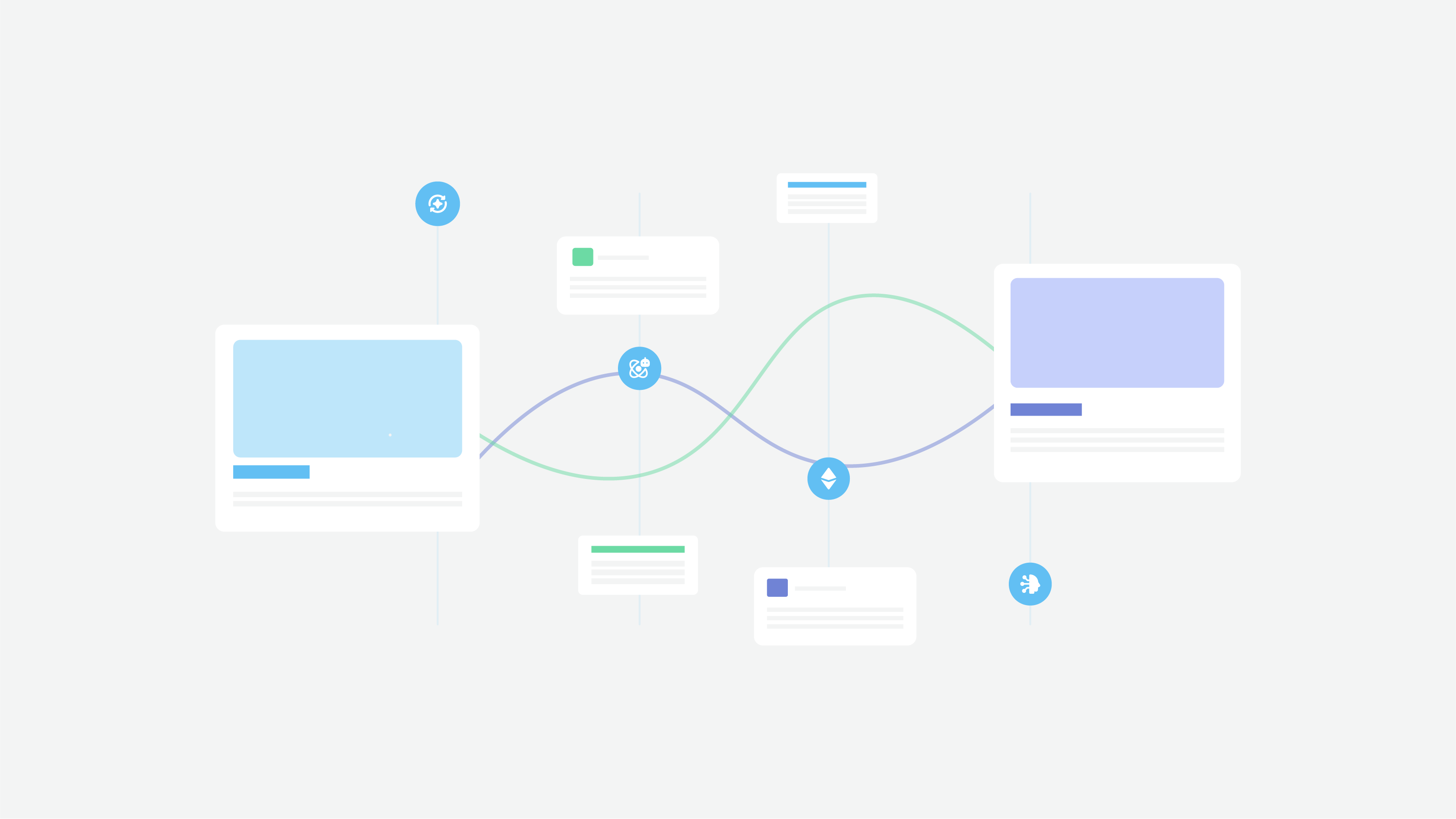Product development aims to drive higher value propositions by satisfying consumer demand and staying relevant to the existing consumer base.
There are many product management frameworks available to achieve the above purposes. In this article, we’ll highlight the frameworks for design, strategy, discovery, and prioritization you should know and use. Let’s get started.
Product development frameworks: importance and features
Frameworks for product management provide the sets of steps for creating new products or improving the performance, cost, and quality of existing products. Product management frameworks enable designers, project, and product managers to achieve business goals, such as entering new markets and selling more to existing customers.
Frameworks for product management are important for defining the steps and the order intended for the specific product. An appropriate framework may increase revenue and profitability.
Pros and Cons of using frameworks
Product development frameworks keep products relevant and interesting to both customers and employees. But each product is unique and the frameworks have to match with its essence. Otherwise, it leads to misconceptions and loss of time. To avoid such mistakes, let’s have a look at other advantages and disadvantages of product development frameworks.
Advantages of product management frameworks
- Keeping pace. Product development frameworks help businesses keep pace with the changing times, offering customers something new and useful;
- Seizing opportunities. The frameworks help product design teams to leverage opportunities to the market and customers’ preferences;
- Reducing the risk of product failure. Using product development frameworks, you can collate a set of assumptions and scan the market, decreasing the chance of failure.
Disadvantages of product development strategy
- Riskiness. If your product development framework contains wrong quality benchmarks, it is possible to set unrealistic goals and expectation to the product;
- High dependency on external factors. Clients may change their project plans; customers may change preferences, etc.
The pros and cons ensure that building the frameworks in product management can be risky, but at the same time, it provides businesses with the opportunity to experience greater success.
Types of product management frameworks
It can be hard to know which framework to choose for your organization. Many frameworks have been developed and used by organizations of all types, sizes, and stages in their business life cycle. Different types of frameworks cover different stages of PDP (Product development plan), but the overall analysis helps to choose the proper ones for your project.
Strategic frameworks in product management
We’d like to highlight some of the most popular strategic frameworks used worldwide, and at Cadabra Studio in particular. The list below informs your decision about which framework best fits your organization.
- Product-Market Fit. The key feature of this strategic product management framework is to segment the responses to the question: “How would you feel if you could no longer use our product?”. The responses help us to identify the most satisfied customers. Then, we measure what stops them to respond “very disappointed”. The insights can empower the product roadmap and target customer focus.
- Product Strategy Canvas helps the product design team to develop and communicate the product strategy. The canvas contains the following elements: Vision, Challenge, Target Condition, Current State.
- Three Horizons of growth. Horizon One focuses on the current core business. Horizon Two represents emerging opportunities for the business. Horizon Three focuses on future profitable business ideas.
- Product Vision Board is a product management framework for capturing the target group, needs of users, key features of the product, and business goals.
- Multiple Strategic Tracks (MuST). The framework is used to test multiple ideas simultaneously. These ideas, the “strategic tracks” test big ideas — new products, new business models by building short/medium size projects.
- AARRR Metrics captures each stage of the customer lifecycle. This product management framework contains the following metrics: Acquisition, Activation, Retention, Referral, Revenue. For each specific product, the design team makes metrics for each segment that track up to the business performance indicators.
Prioritization frameworks in product management
Once metrics are in place, product managers need to determine what tasks to prioritize before they can communicate their product strategy. Prioritization frameworks are useful in determining what to move from the backlog and onto the roadmap.
- Product Prioritization Framework is commonly used by project managers at Cadabra Studio. We prioritize template “Apples to Oranges” weigh product decisions with vastly different end goals. The result is a “Product Prioritization Matrix”.
- Scrum Methodology promotes effective team collaboration on complex projects. It consists of various team roles and artifacts that promote ownership and responsiveness to changing situations.
- MoSCoW Method is a framework for prioritizing user stories and tasks. The acronym stands for Must, Should, Could, and Won’t. It is used in negotiating with stakeholders about product requirements and workstreams.
- Rice Prioritization is a framework for prioritizing product roadmap based on scoring systems. R (reach) stands for the number of customers impacted by a specific idea. I (impact) stands for the quality of idea impact. C (confidence) stands for the level of confidence about your estimates. E (effort) stands for a number of “person-months”. The final RICE score is calculated to guide product planning.
- HIPE is a framework for identifying and evaluating product growth opportunities. It consists of 4 elements: Hypothesis, Investment, Precedent, Experience.
Design frameworks in product management
Design frameworks help us to focus on understanding project challenges and problems by validating customer problems, brainstorming solutions, and focusing on delivering value as quickly as possible. Let’s look through the most popular frameworks.
- Design Sprint. The Design Sprint is a 5-day process of identifying and solving a critical business problem through rapid ideation and prototyping. The framework is commonly used by the designers of Cadabra Studio. It helps us to identify key project problems and challenges to focus on and sketch out solutions.
- Design Thinking framework is described as a “human-centered approach to innovation” that helps to make profitable decisions on satisfying customers’ demand.
- Customer Journey Map. A customer journey map represents the user’s experience with a product or service. Usually, it represents the user flow, including touchpoints, interactions, ideas, feelings. Our designers and PMs often use this product framework to get insights into the user flow the project team should focus on.
- Spotify MVP framework assists product teams when considering the way of delivering a Minimum Viable Product to customers.We regularly use the Spotify MVP framework to deliver progressive solutions to the specific project.
- HEART Framework can be applied to measure the quality of UX and identify the goals of a project. Along with the Goals – Signals – Metrics evaluation, the framework can be applied to specific projects or across an entire product.
Discovery frameworks in product management
Using this type of framework for product management, you can discover all the necessary considerations for a business plan, roadmap, backlog, etc. These frameworks provide you with a structure for the discovery process.
- Lean Canvas is a 1-page template for deconstructing the product idea into key assumptions. The framework is optimized for Lean Startups. This is a very quick and effective framework to create and apply to the design process.
- Double Diamond Process consists of the 4 elements (Understand, Define, Explore, Create) that help us to map the divergent and convergent stages of a design process.
- Dual-Track Agile framework is also called dual-track scrum that validates product ideas in the fastest and cheapest way. The framework recognizes 2 workflows: discovery and development that feed and support one another regularly.
- Product Kata framework leverages an approach for delivering software products and consists of 5 elements: Current Condition, Obstacle, Step, Expected, Learned. Each pass through this process brings an insight into product development.
- Assumption Mapping helps to identify the risky assumptions about desirability, feasibility, and viability of new products or services. The assumptions are plotted into 4 quadrants based on Known vs. Unknown and Important vs. Unimportant.
How to choose the proper product development framework?
With dozens of options available, selecting a product development framework seems too complicated. But the reason so many frameworks exist is that many organizations have various needs based on the company’s size and the culture of the product development process.
You can make the right choice by combining personal preferences with the style and needs of your organization. You narrow the frameworks down and choose the most suitable ones. Or you can sample a few frameworks before making some of them as part of your regular product development process. At least, trials reduce the chances of choosing the wrong framework and you save a lot of time.
In this article, we’ve described the most popular and effective product prioritization frameworks from our point of view. There are many interesting frameworks left, so if you have experience in applying other frameworks, share it with us. Moreover, read our blog and contact us, if you have some questions and ideas about product development strategy.
Frequently Asked Questions
There are 3 main areas of product management that define it. There are product discoveries. product planning and product development.
It allows you to look at the product as a system and understand what is already being done and what else the hands have not reached. Formalization. Shows which artifacts and models exist and can be used to drive the product.
As a rule, the competent use of the frameworks for product development allows you to speed up software development by 3-4 times, as well as improve its quality.











